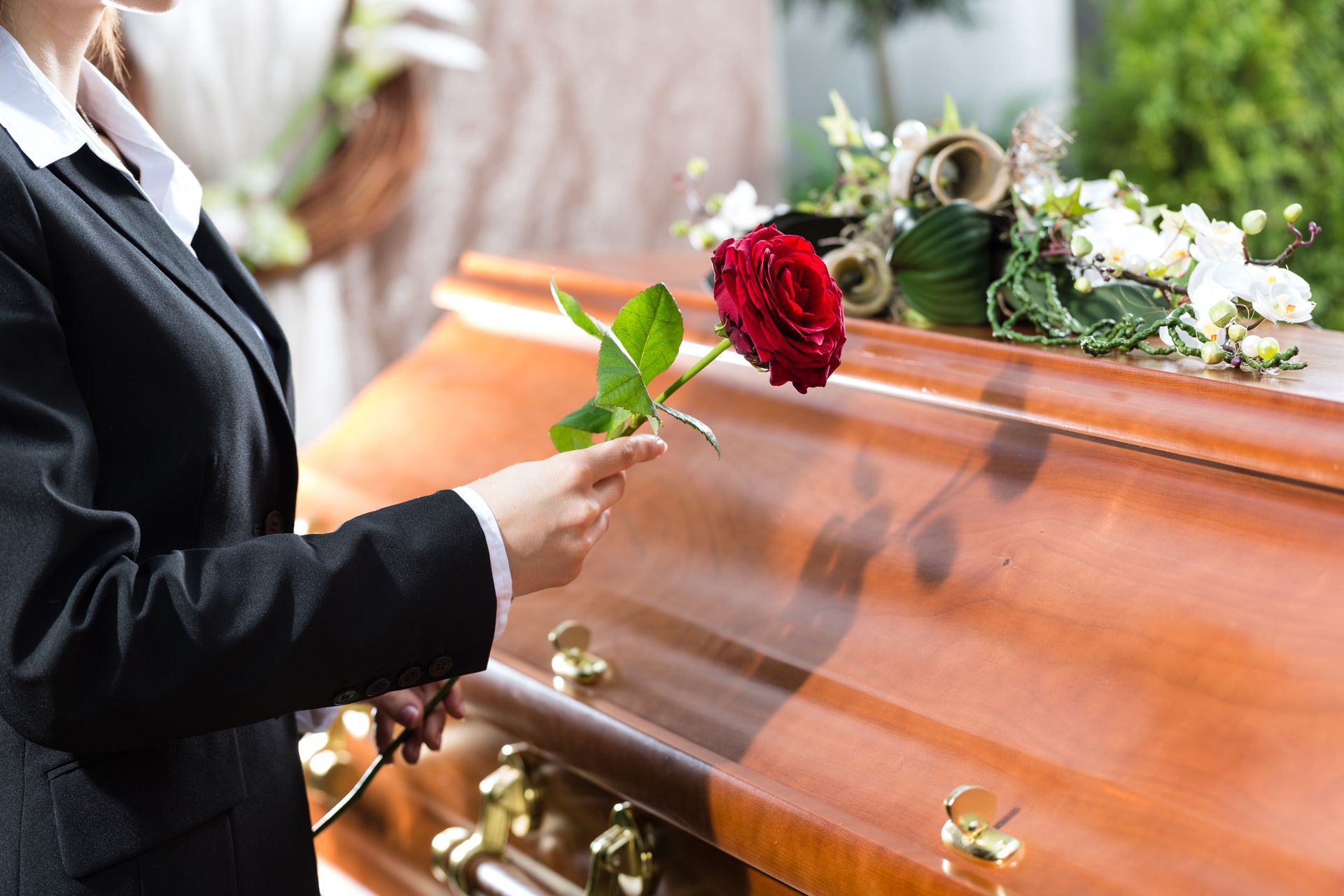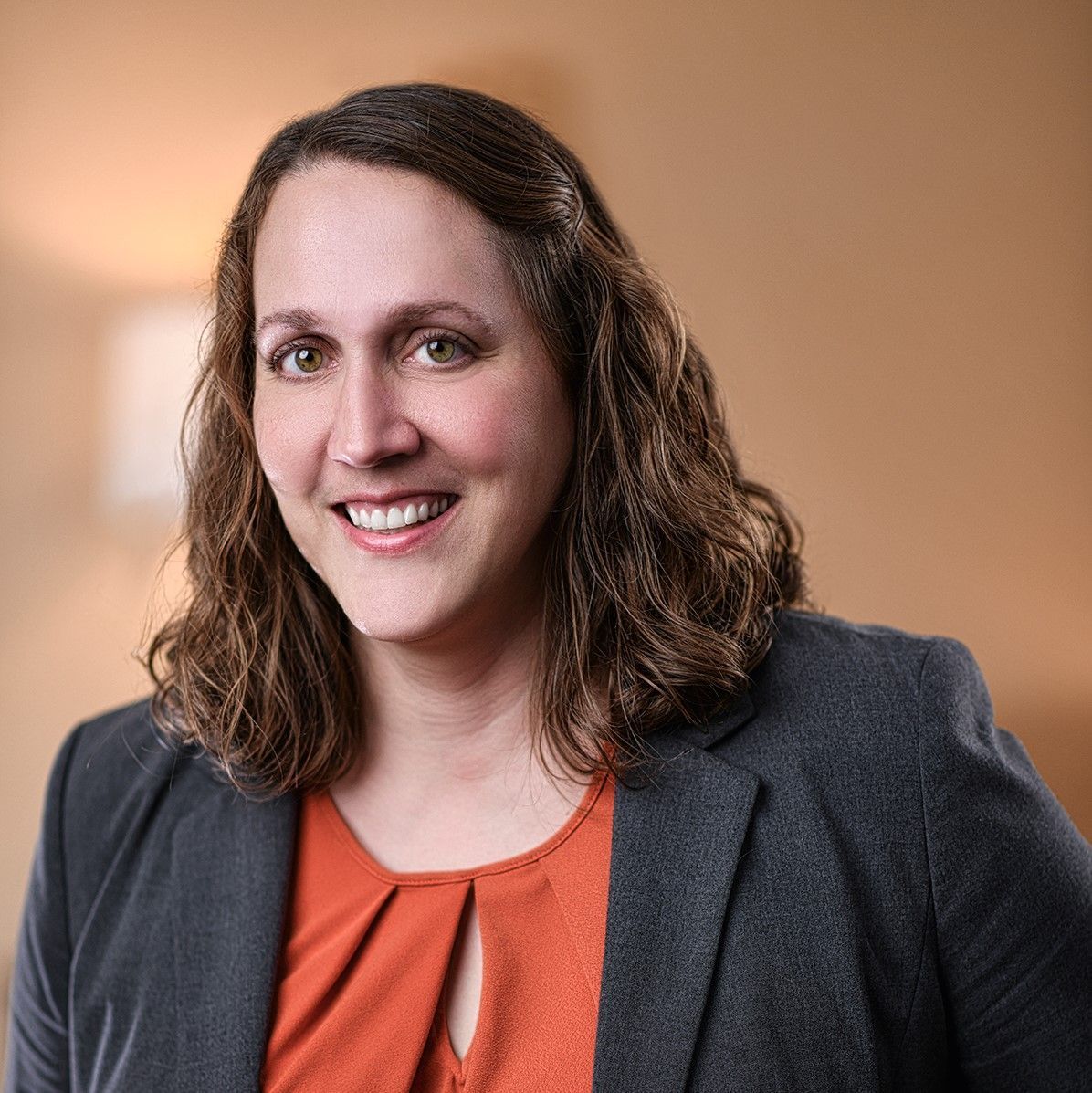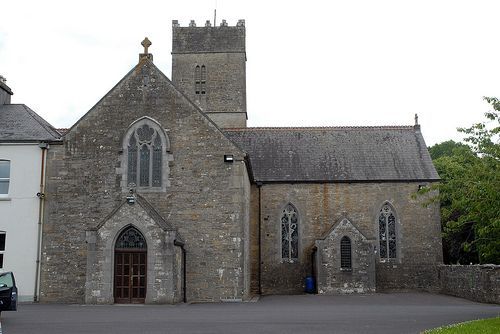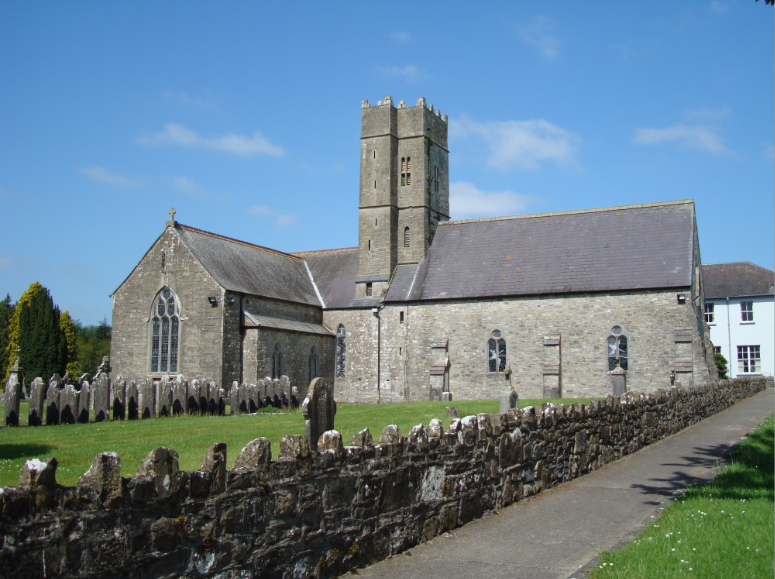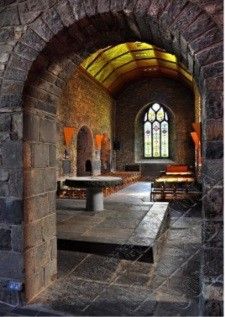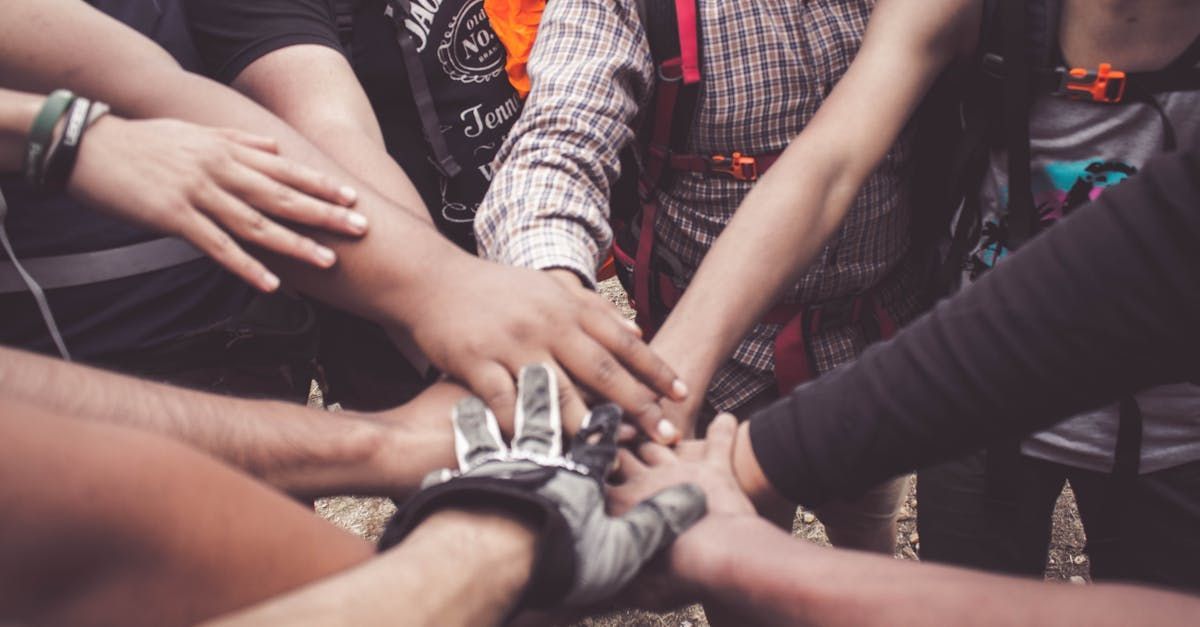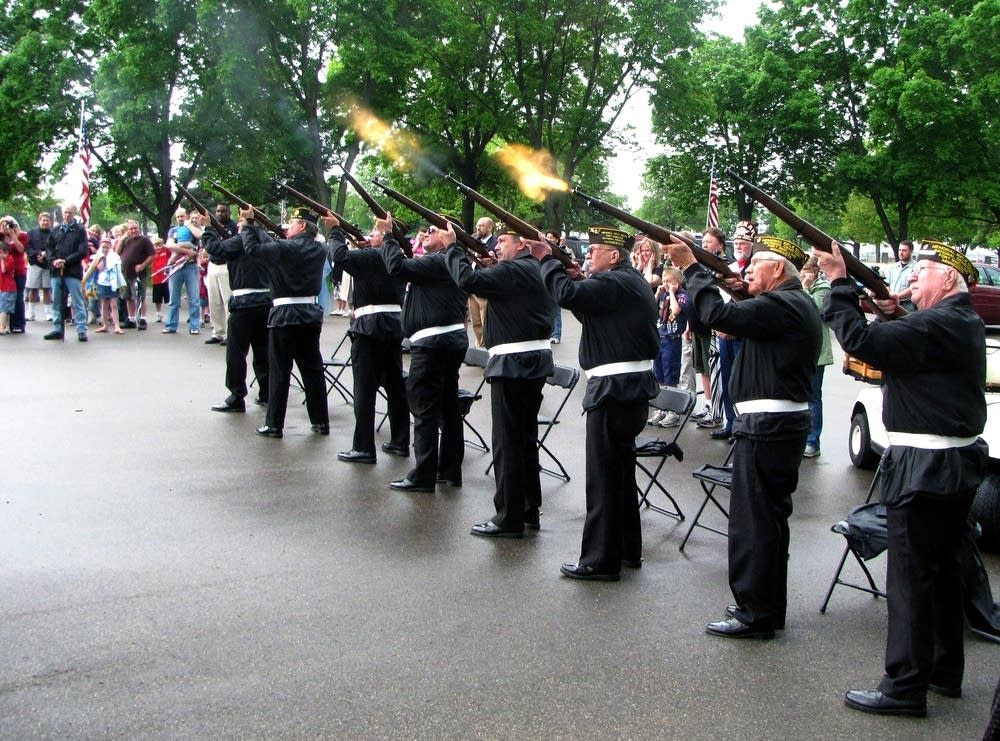New Paragraph
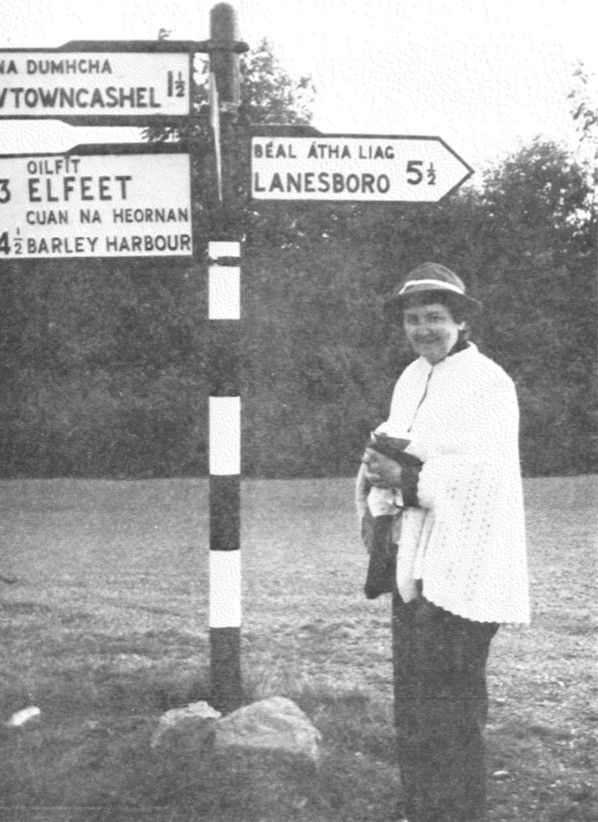
Photo Credit: FEMA (Federal Emergency Management Agency)
Sr. Elizabeth Delmore, CSJ gathered us all together at the grave of John Thomas Delmore. It was August, 1974 on a warm day in the St. Mary’s Cemetery, Lyndon Station, Wisconsin. It was a Delmore family reunion that culminated with a prayer service at the grave of the Delmore American family founder. The nun with boundless energy was 53 years old and had recently completed a sabbatical in Ireland where she utilized her Library Science knowledge to study and trace the Delmore family back to the 12th century.
Last March, this blog explored the roots of my mother’s family in Ireland, and I promised that I would lay out the Delmore family history someday. Were it not for Elizabeth Delmore and her published document, DELMORE: A Family History, I would have very little to write.
Elizabeth Delmore was born August 11, 1921 in Roseau, MN to parents John Delmore M.D. and Mary Josephine Frick Delmore. She was raised in the small village on the Canadian border where her father was the town surgeon and doctor for decades, followed in practice by his sons, Dr. John and Dr. Robert Delmore. Her other siblings were Mike, Pat and sisters Marjorie LaBonte and Phyllis Bray. She graduated from The College of St. Catherine in 1943 where she spent many years as Library Director and faculty member. Her classmate and acquaintance of the class of 1943, Margaret Roddy married Elizabeth’s first cousin, Bob Delmore in 1948, my parents.
DELMORE: A Family History is an amazing work. Typewritten with footnotes, mimeographed photos and intricate hand drawn maps, it traces the beginnings of a Viking fleet captained by Herbert in Normandy, circa 912, A.D. He became known as Herbert “de-la-mere”, of the sea. Elizabeth spent considerable time and effort tracing Fitzherbert and discovered that a treaty was signed with King Charles III giving him the territory surrounding Rouen, France in Normandy. His son Fitzherbert later was part of the Battle of Hastings in 1066. Sr. Elizabeth explained in great detail the flow of the family to Ireland, in one place describing their actions by saying “they plundered their way through England and Ireland.” My ancestors were marauders!
The story of the Delamer’s winds through the centuries of land acquisitions and expulsions, as well as many stories of generations of Hugh de-la-mer (where I got the name for my own son). The family settled in the areas of Counties Longford, Westmeath, Meath and even some further west in Roscommon. There is a lasting and living memorial to the ancestors in County Westmeath, known as Multyfarnham Abbey.
Multyfarnham Abbey, located in Multyfarnham, County Westmeath was built between 1270 and 1306 by William Delamer. The Franciscan Minor Friars have been there continuously since 1238 at the invitation of some Norman families. The Franciscan Abbey is the oldest continuously functioning Catholic Church in the Irish midlands for more than 700 years.
The Abbey has been suppressed a number of times throughout history: in 1540 by King Henry VIII, 1651 during the Cromwellian onslaught, a 1590 military raid where five Friars were arrested and three died in custody, 1601 and again in 1604, the friary was raided. With each attack, the Friars would somehow bounce back and continue to operate the Abbey, as they do today.
My wife Mary and I along with our children Hugh and Clare visited the Abbey in 2007. We were there on the Feast of the Assumption, August 15th, where we attended Holy Day Mass with a few Friars and a few town’s people. The Provincial at that time told us that about 4 Franciscans live there at any one time and they continue to minister to the area. William Delamer, of the descendants of de La Mare, (of the sea) is entombed in the wall of the church. He left a centuries long house of prayer in the Longford-Westmeath area.
John Thomas Delmore emigrated to the United States landing in Lyndon Station, Wisconsin. Elizabeth traced his family to the town of Lanesboro in County Longford. Near the town, in the middle of the Shannon River, is a small island named Clawinch. It was the home of the Delmore’s for many generations. John Thomas was the great grandfather of Elizabeth, her sibling’s and cousins, including my dad.
Mary and I visited Lanesboro and Clawinch Island in our first visit to Ireland in 1994. Our tour guides were Mary Brennan Healy and her two brothers, John and Michael Brennan, great niece and great nephews of John Thomas Delmore They took us down to the river and showed us the rickety contraption that previously sent two cattle at a time to graze on Clawinch. I remember being amazed that the flat was seaworthy, and that Clawinch Island could possibly be large enough for grazing with any degree of regularity. I listened to the lore and did not argue. I was, after all, a city kid from America looking at a scull that had obviously been there for generations! Mary and I were warmly treated by my distant cousins that day, I am not even sure if they quite know who we belonged to, but they were hospitable none the same in that uniquely Irish way. If you have traveled to Ireland you know of what I write.
Elizabeth Delmore died on November 15, 2018 at the age of 97, at the Carondelet Village facility of the Sisters of St. Joseph of Carondelet in St. Paul, MN. She lived a vibrant, purpose-filled life, willing to try just about everything from rock climbing to championing women’s issues in the Catholic church. At her funeral, I met nieces and nephews of hers, some for the second time, and a number for the first time. Our bond was her indomitable spirit and her gift to us, this family history.
Elizabeth wrote an addendum to DELMORE: A Family History in 1995. In the introduction, she decided to send the unused notes from the 1970’s research to the next generation, hoping that with the advances in technology, we would be able to piece together a more complete history in the future. She concluded by saying that it put “closure” on my research as I reach my “Golden Years.” She left us a gift that is indeed golden.
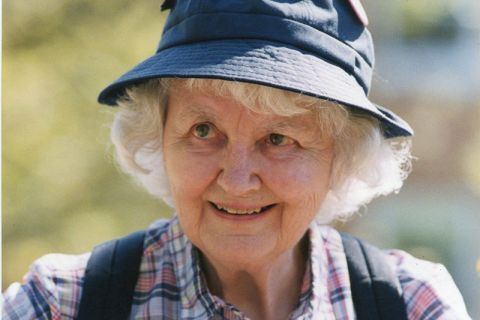
Sr. Elizabeth Delmore, in her “Golden Years”

